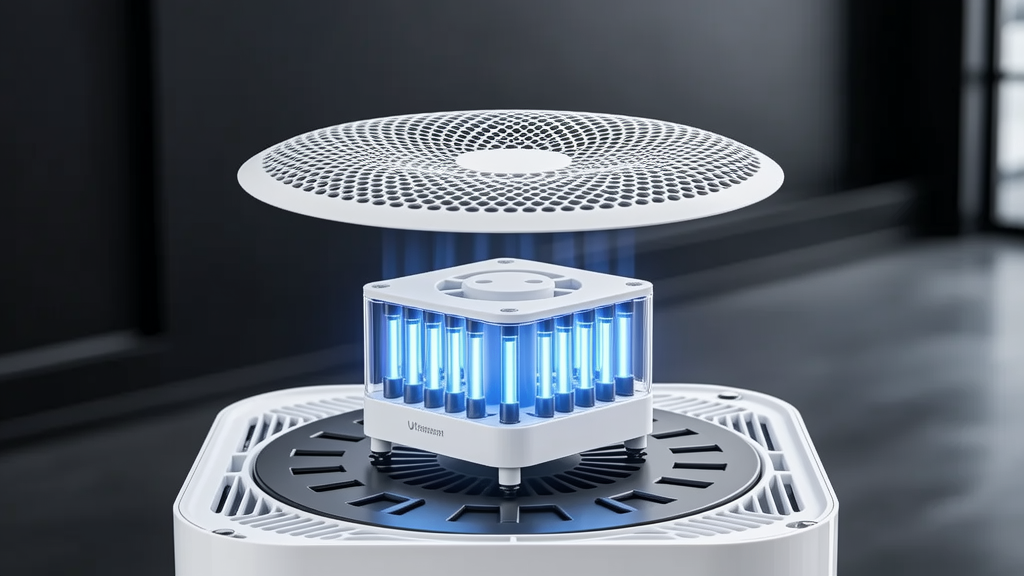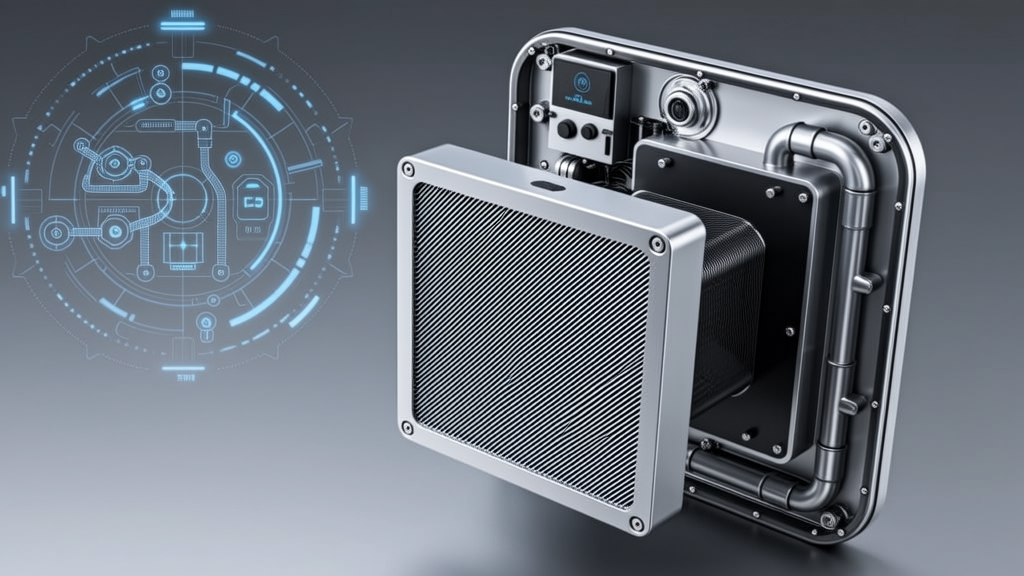UVC How sterilization technology can revolutionize air purifiers? In depth analysis of the future of air disinfection and odor decomposition
This article provides a detailed introduction UVC Application scenarios of sterilization technology in air purifiers, Combining photocatalyst technology to achieve efficient air disinfection and odor decomposition, Explore its technical principles, Advantages and practical application cases.
With people's increasing attention to air quality, Air purifier as an important tool for improving indoor environment, Undergoing continuous technological innovation. among which, UVC (ultraviolet C band) Sterilization technology with its efficient sterilization ability, Gradually becoming one of the core configurations of air purifiers. simultaneously, Cooperate with photocatalyst technology, UVC Not only can it effectively kill bacteria and viruses in the air, It can also decompose odors, Thus achieving a more comprehensive air purification effect.
one, UVC Basic principles of sterilization technology
UVC It is a type of ultraviolet radiation, The wavelength range is 200-280 Between nanometers, Has extremely strong bactericidal ability. Its mechanism of action is mainly through the destruction of microorganisms DNA or RNA structure, Make it lose its reproductive ability, Thus achieving the purpose of sterilization. In air purifiers, UVC The lamp is usually installed after the filtering system, Ensure that the air that has been preliminarily filtered passes through UVC irradiate, Further eliminate residual pathogens.

The diagram shows UVC Installation position of sterilization module inside the air purifier, It can be seen that it is located behind the filter layer, Ensure that the air undergoes sterilization treatment before entering the final output.
two, The synergistic effect of photocatalytic technology
Photocatalyst is a material that can undergo oxidation reaction under light irradiation, Common is titanium dioxide (TiO₂) . When the photocatalyst is exposed to light of a specific wavelength, It will release highly active free radicals, These free radicals can decompose organic pollutants in the air, Like formaldehyde, Volatile organic compounds such as benzene (VOCs) , And some odor molecules.
In air purifiers, Photocatalysts are often coated on the surface of filter screens or placed in UV Near the lamp, To utilize UVC The irradiation stimulates its catalytic effect. This combination not only improves purification efficiency, It also enhances the ability to handle complex pollutants.

The diagram shows the usage scenario of photocatalytic filters in air purifiers, Surface covered with photocatalyst coating, can UVC Decompose odors and harmful substances in the air under irradiation.
three, UVC The advantages of combining with photocatalysts
1. **Highly Effective Sterilization**: UVC Can quickly kill bacteria in the air, Viruses and other microorganisms, Especially suitable for families, hospital, Schools and other places with high hygiene requirements.
2. **Odor decomposition**: Photocatalyst in UVC Under the stimulation of, Can remove common odor molecules in the air (Smoke like odor, Pet odor, Kitchen fumes, etc) Decompose into harmless carbon dioxide and water.
3. **low energy consumption**: Compared to traditional activated carbon adsorption technology, UVC+The photocatalyst system has low power consumption during operation, And there is no need to frequently replace the filter element.
4. **Environmental Safety**: This technology does not generate secondary pollution, It will not release harmful gases either, Suitable for long-term use.
four, Practical application case analysis
In recent years, Many well-known home appliance brands have already UVC+Application of photocatalyst technology in its high-end air purifier products, Obtained good market response.
for example, The flagship air purifier of a certain brand adopts a dual-mode purification system, including HEPA filter screen, Activated carbon layer and UVC+Photocatalyst module. Actual test data shows, The device's inactivation rate of Escherichia coli in the air exceeds 99%, The removal rate of formaldehyde has also reached 90%above, Significantly superior to traditional purifiers.
In the medical environment, UVC+The application of photocatalytic technology has also shown outstanding performance. After a hospital introduced an air purifier equipped with this technology, The concentration of airborne bacteria in the ward has significantly decreased, The infection rate of patients has also decreased accordingly.
five, Future Development Trends and Challenges
although UVC+Photocatalyst technology shows great potential in the field of air purification, But still facing some challenges. for example, UVC The lifespan of the lamp is limited, Regular replacement is required; The cost of photocatalytic materials is relatively high, May affect the overall price of the product.
however, With the advancement of materials science and light source technology, These issues are gradually being resolved. future, With the integration of intelligence and IoT technology, UVC+Photocatalyst air purifiers are expected to achieve more precise control and higher energy efficiency, Further promote the development of the air purification industry.
six, Conclusion
UVC The combination of sterilization technology and photocatalyst, Bringing a brand new solution to modern air purifiers. It not only improves the efficiency of air purification, It also achieves efficient decomposition of odors, Providing people with a healthier environment, Comfortable living environment. With the continuous advancement of technology, We have reasons to believe that, Future air purifiers will be more intelligent, efficient, And truly become a home and office space "Air Guardian" .
